Death Stranding 2: On the Beach’s bleak slog along hostile, post-apocalyptic delivery routes should have pulled me into the proverbial tar. However, despite director Hideo Kojima’s best efforts, I found myself drawn to a different source of philosophical curiosity, meaningful exploration, and bountiful vistas.
Genshin Impact, a high-concept fantasy action RPG, may seem a far cry from Death Stranding to the uninitiated. Developer MiHoYo’s marketing revolves around a colourful roster of impractically dressed Genshin Impact characters to appeal to prospective players, but that’s not what gives the game its staying power. In a previous life, I looked upon Genshin Impact with distaste: To these fans, I apologise with the heaviest possible heart. I was wrong.
The Escapist recaps
- High-fantasy action RPG Genshin Impact delivers on promises of exploration and thought-provoking themes more generously than Death Stranding 2.
- Don’t let the pretty anime characters fool you, Genshin Impact has serious depth, which rivals Hideo Kojima’s best work.
- Exploration in Genshin is generous, well-placed and rewarding.
- Death Stranding 2 is rewarding in its own right, but bleakness is not the same thing as quality.
- Genshin Impact is far from perfect, but it has a heart that Death Stranding 2 lacks by comparison.
Genshin Impact’s travel and exploration
In MiHoYo’s colorful RPG, you spend a great deal of time venturing across the Genshin Impact map in search of enemies to loot, challenges to overcome, and travel nodes to unlock. The game world is immense and, contrary to Death Stranding 2, you’re given relatively few tools with which to explore it.
However, given that Genshin Impact famously (and perhaps controversially) borrows from The Legend of Zelda: Breath of the Wild, the tools with which you are equipped are far-reaching and ambitious in their scope. You traverse the map primarily with climbing and gliding mechanics – both are limited by an energy bar, which can be gradually upgraded as you play. Given the impressive verticality of Genshin Impact’s level design, this is more than enough to allow the savvy traveller to plot creatively efficient routes across the terrain.
This process contains the essence of Kojima’s sequel. Death Stranding 2 gameplay revolves around the practice of logistics. Playing as Sam Bridges, brought to life by the excessively gruff but undoubtedly talented Norman Reedus, you are tasked with linking up disparate parts of a ravaged world by delivering packages and bringing new settlements onto the ‘Chiral Network’ (a sort of post-apocalyptic internet).
Director Hideo Kojima has made much of the unique qualities of what he calls a ‘strand game’, of which he would doubtless tout Death Stranding 2 as a dauntless example.
However, if Death Stranding is a ‘strand game’, then so is Genshin Impact. The routes you plot across its maps draw lines back and forth between points of interest. Even travel in familiar areas will often necessitate lateral thinking to plot the most efficient route. While none of Death Stranding 2’s cavalcade of ladders and vehicles are available, the essential puzzle at the heart of traversal is looms large across Genshin Impact’s world.
How does Death Stranding 2 compare?
However, Death Stranding 2 is more than just its traversal mechanics. In the tradition of games associated with Kojima, hot, heavy and thought-provoking themes are baked into the title’s very substance. It’s not subtle, but its treatment of fatherhood, grief and social decay is resonant and emotionally affecting. What’s more, Death Stranding 2 graphical fidelity is mind-bendingly engrossing to the point of near-cinematic realism. This in itself is deeply impressive, worthy of recognition from any player. It elevates all of Death Stranding 2’s features, grounding the game’s sense of post-apocalyptic unreality within a deeply human context.
Despite these herculean achievements, however, Genshin Impact is able to demonstrate that Kojima Productions does not have a monopoly on thematically compelling open-world exploration games.
That said, at first glance, the story of Genshin Impact is far from distinctive; the title follows an interplanetary traveller who, having crash-landed on the fantasy world of Teyvat, finds themself on a quest to find their sibling – so far, so generic.
However, the world in which the adventure takes place is anything but. Like Death Stranding 2, Genshin Impact takes place after an apocalyptic catastrophe, the outcome of which its main characters must confront. Teyvat’s humans live in the shadow of seven living gods, known as Archons, whose inner turmoil and personal baggage cause crises for mortals on an alarmingly regular basis.
To live in Teyvat is to be caught in the middle of a (very literal) war in heaven where, hour by hour and layer by layer, the answers to weighty metaphysical questions are teased and, eventually, answered. Genshin Impact manages this process with consistency, something which cannot always be said for Death Stranding 2.
Death Stranding 2, much like its predecessor, is both tonally and metaphysically uneven. For instance, the death of a significant character at the end of the game’s first chapter sees the sensitive protagonist embark on an uncharacteristically self-destructive arc fueled by alcoholism and self-loathing.
By contrast, during one particularly tragic moment in Genshin Impact, a character is flat out erased from existence, every single mention of them eradicated, right down to the item descriptions in your inventory. These quests ground the characters in the world, proving that consistency is key.
Death Stranding 2 has a great deal to offer for fans of stunning, granular exploration. However, despite all of its graphical embellishments and additional traversal mechanics, Genshin Impact reminds us, by comparison, that less can sometimes be more.
Despite boasting wildly different aesthetic approaches, both titles are about a wanderer who is endeavouring to restore a damaged world through acts of service and compassion. Both games are, at their core, about connection and relationships.
However, when compared directly to Death Stranding 2, Genshin Impact dances to a more reliable tune. Compared to the off-putting tonal inconsistencies and convolution of Death Stranding 2, Genshin Impact makes for an emotionally generous experience where characters and relationships are given ample time and space to take root in your heart.
Genshin Impact is a post-modern opus that confronts ideas of gnosticism, social engineering, morality, and religion with an adroitness and breadth utterly belied by its cover. All of this is framed against intuitive, well-paced, and rewarding exploration mechanics. Despite the title’s gung-ho and, at times, off-putting approach to monetisation, Genshin Impact’s generous open-world vistas make Death Stranding 2 seem miserly and sullen by comparison.
Ask the Escapist
How long is Death Stranding 2: On the Beach?
Death Stranding 2 takes between 40 and 50 hours for a campaign-centric playthrough. However, if you’re looking to take a completionist approach, this could extend to roughly 100 hours.
Why is Genshin Impact so popular?
Genshin Impact is popular because it offers a roster of charming characters against the backdrop of a compelling and mysterious setting. The questions at the heart of the story encourage players to devote time and energy to exploring the world of Teyvat.
References
- https://www.thegamer.com/kojima-strand-games-genre-explained/
The Escapist is supported by our audience. When you purchase through links on our site, we may earn a small affiliate commission. Learn more about our Affiliate Policy

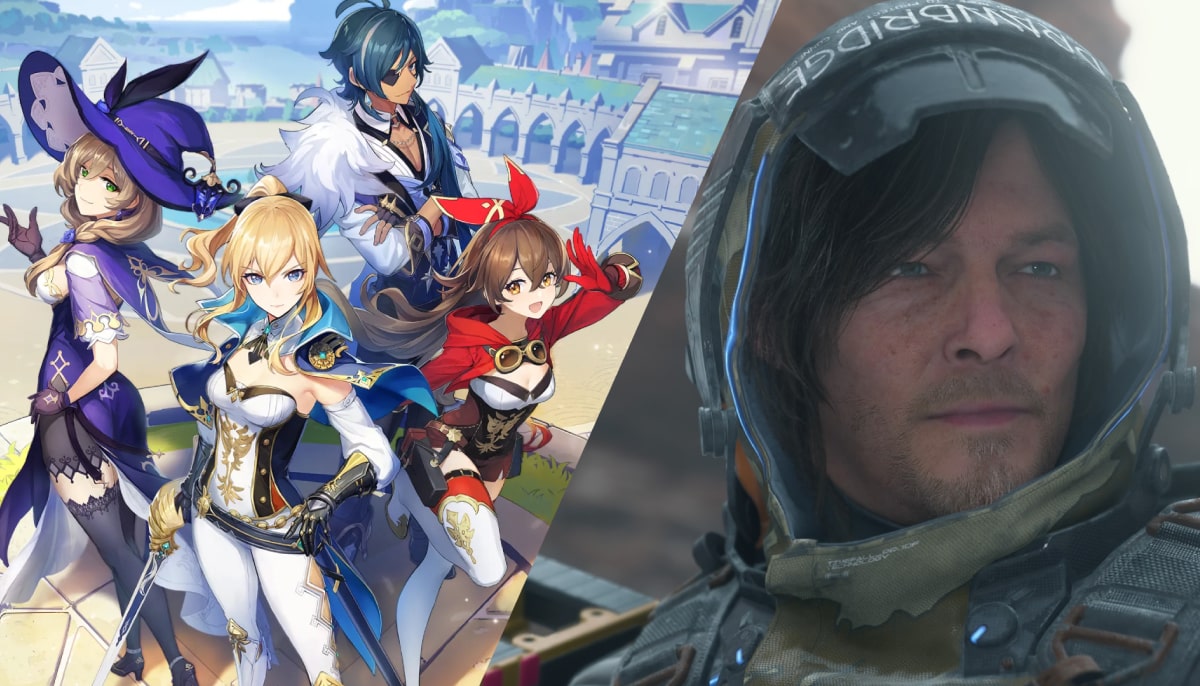
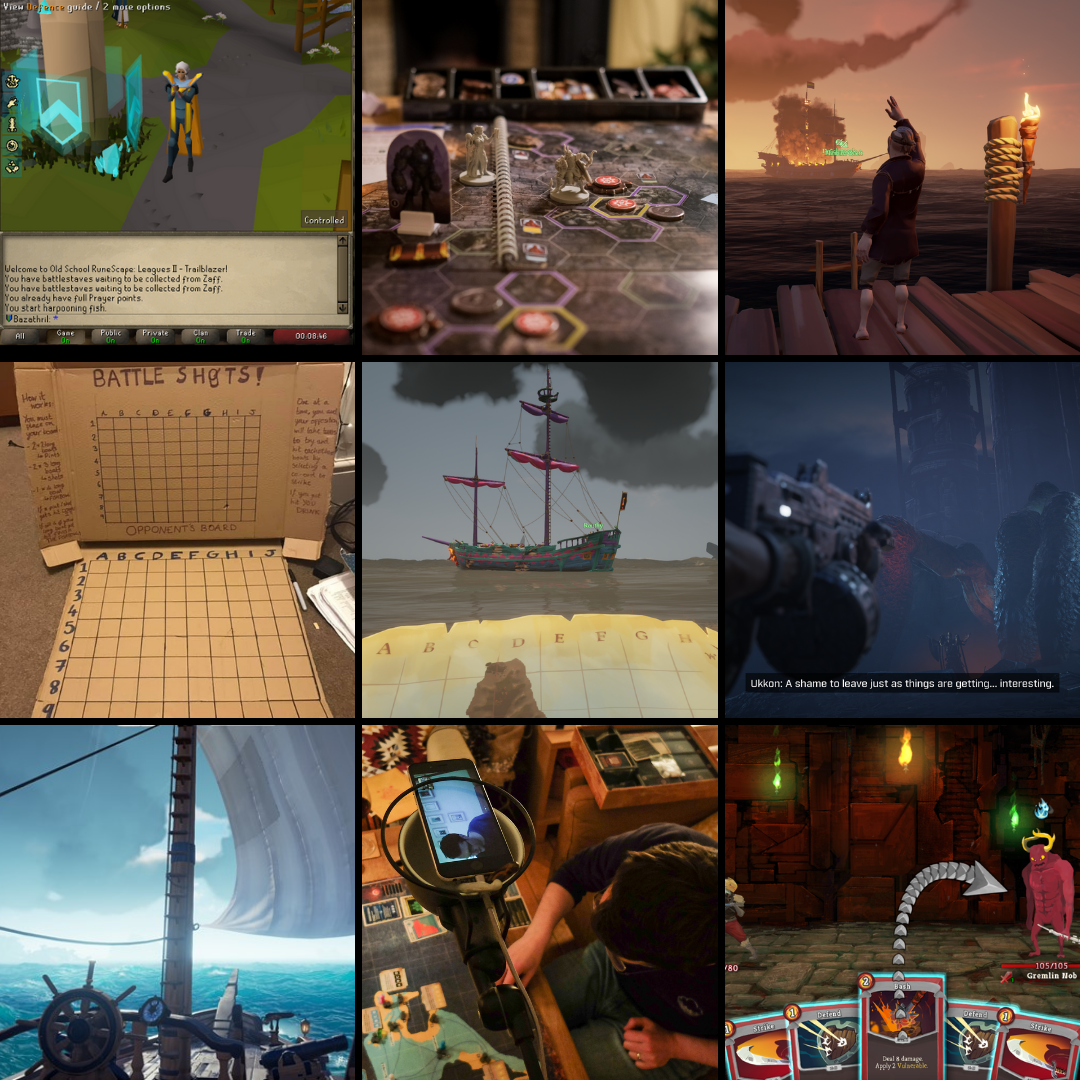


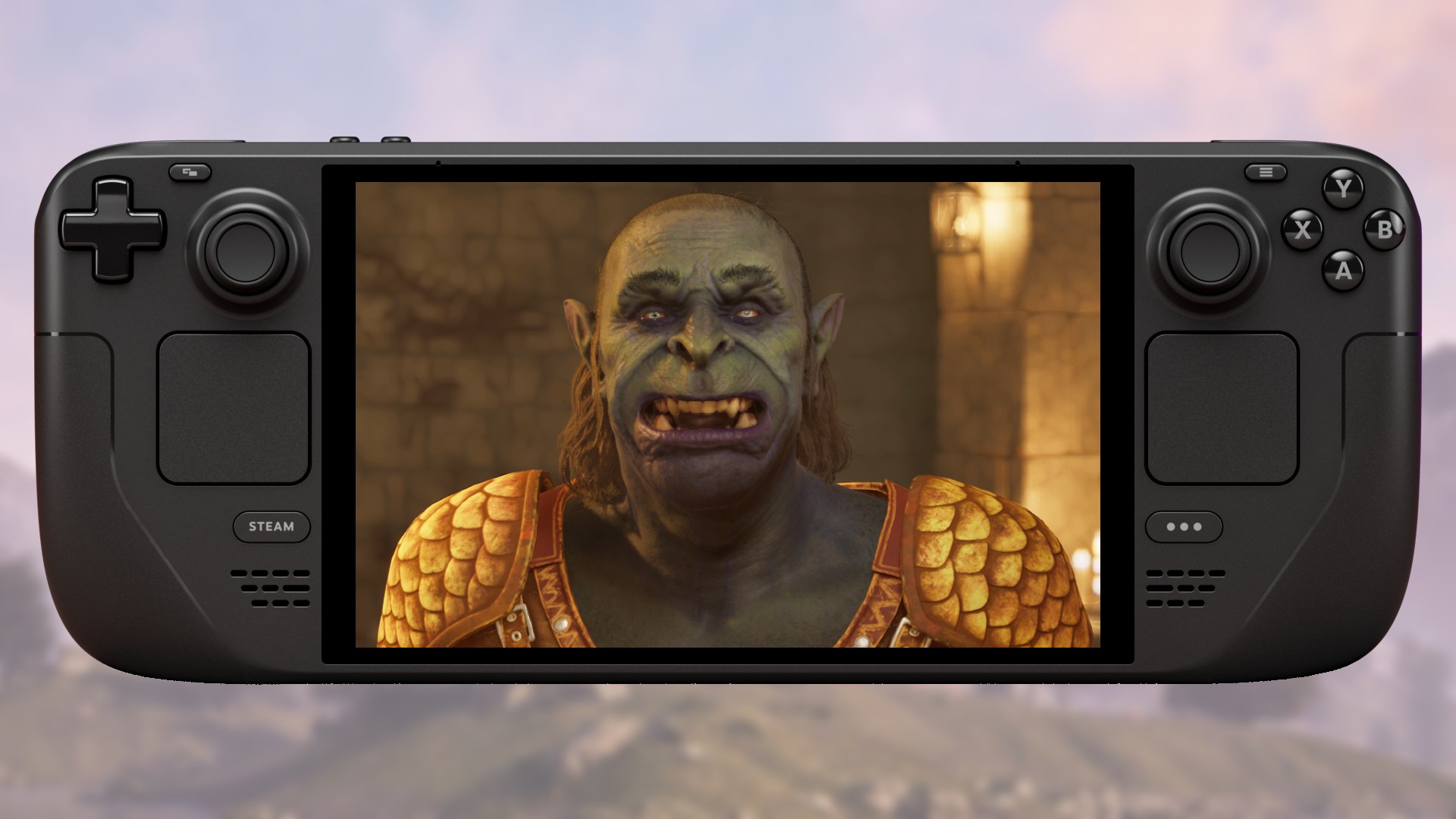

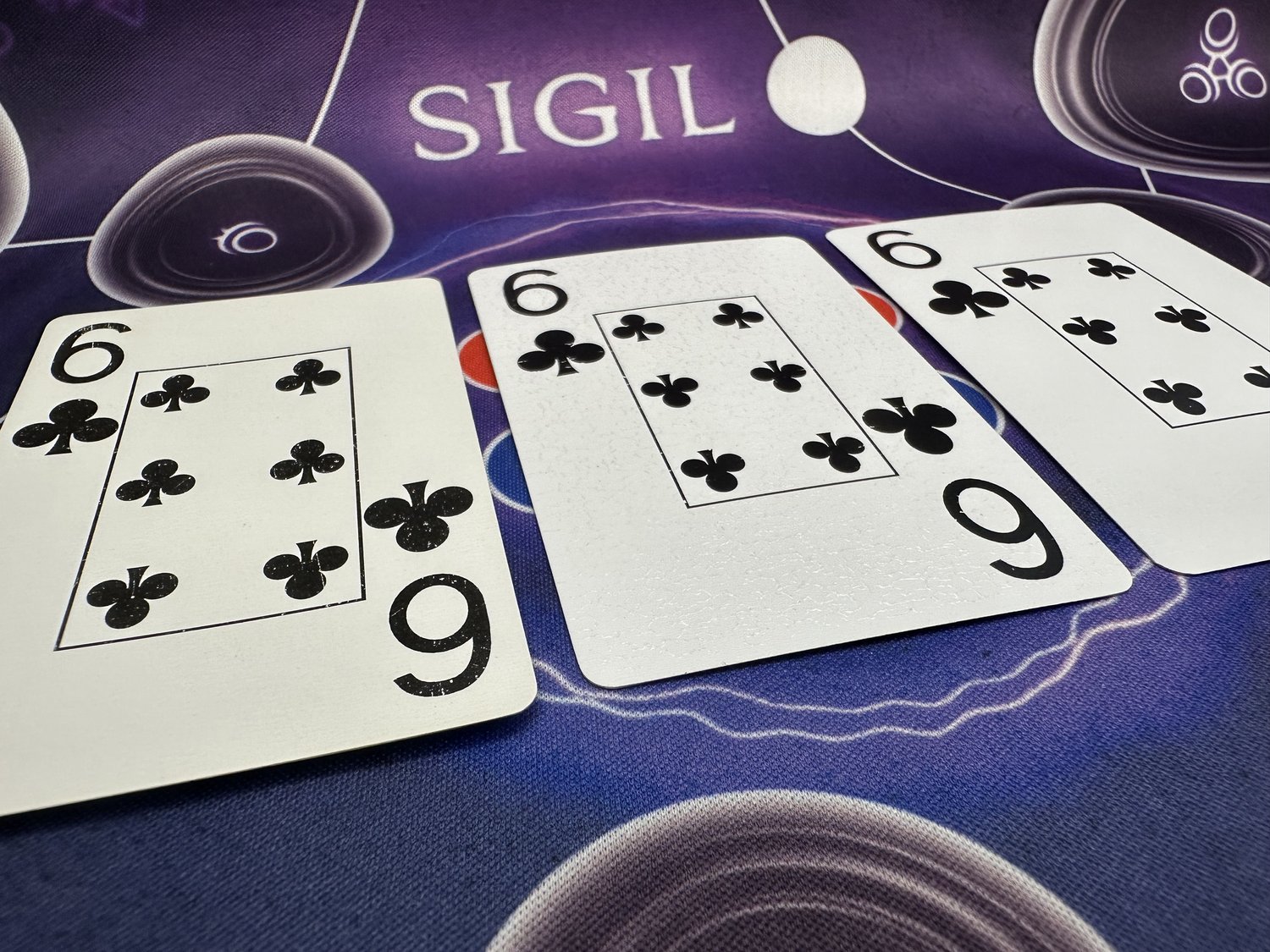

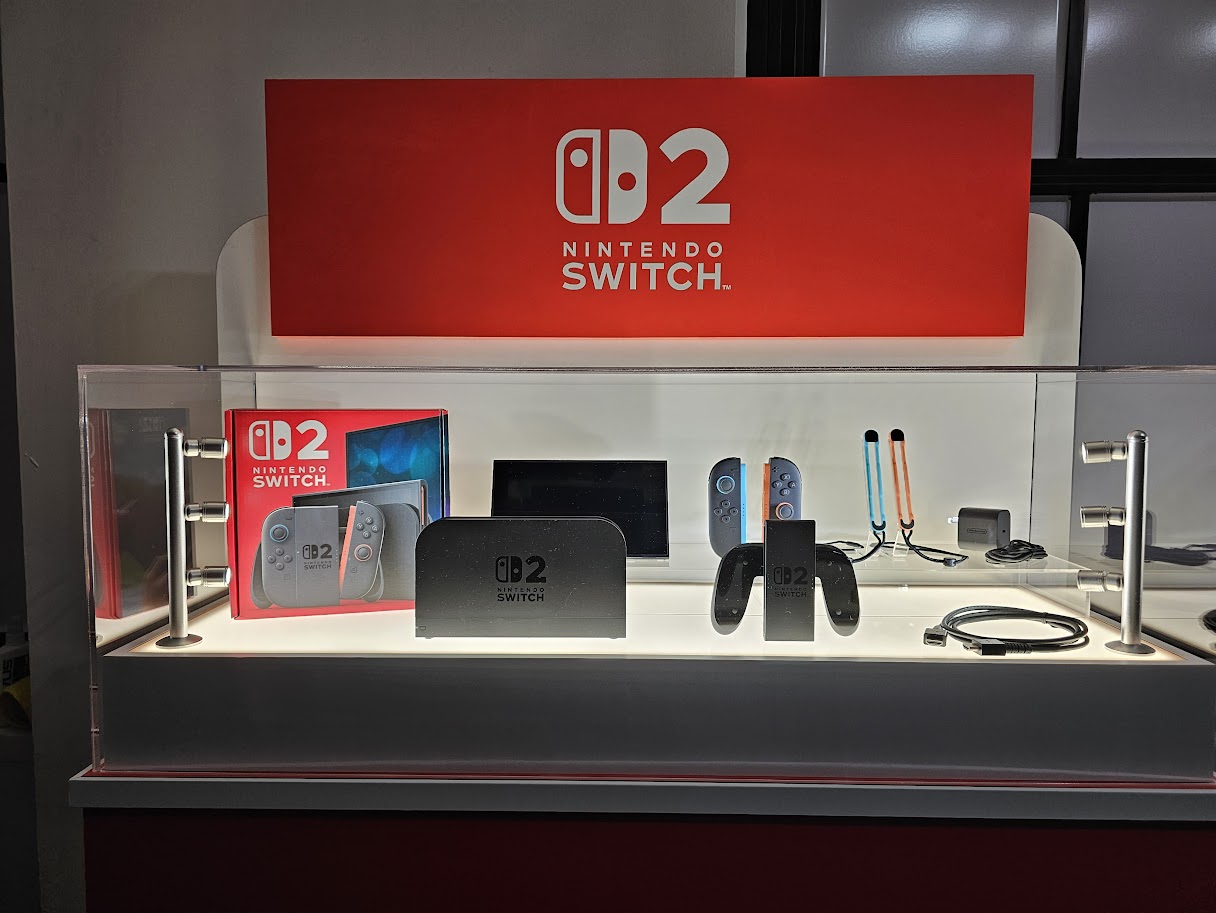






Published: Apr 3, 2025 09:04 am